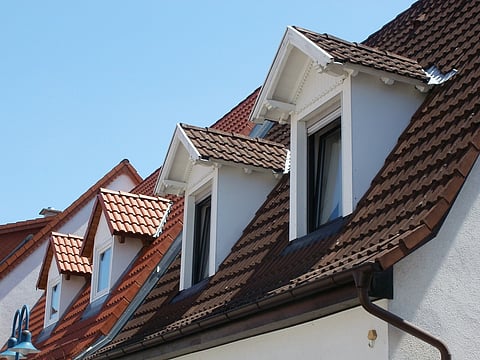The Importance of Roofing in Energy Management
As urban centers expand and energy usage increases, sustainable building practices are gaining traction. Roofing emerges at the forefront of these practices as it offers significant potential to reduce a building's overall environmental impact. The materials and techniques chosen can trap or reflect heat, directly affecting heating and cooling costs. This vital component shapes a building's energy profile and contributes to broader sustainability objectives.
Roofing is often perceived merely as a structural necessity — a shield from the elements. However, its role transcends essential protection and profoundly impacts energy management within any building. High-quality roofing is fundamental to reducing energy consumption, making it an important focal point for residential and industrial structures. In today's environmentally conscious society, optimizing energy efficiency is not merely a trend but a requirement. Whether for homes or commercial roofing near me, understanding and implementing effective roofing solutions can substantially lower energy costs, enhancing both environmental and economic outcomes.
Types of Energy-Efficient Roofing Materials
Choosing suitable roofing materials is paramount for maximizing energy efficiency. Cool roofs stand out among the popular choices due to their ability to reflect more sunlight and absorb less heat compared to traditional roofing materials. This reflection reduces roof temperatures significantly, cutting air conditioning needs and lowering energy bills, providing comfort for the occupants.
Green roofs are another innovative solution, featuring layers of soil and vegetation that offer excellent insulation. They cut energy usage, enhance urban biodiversity, and manage stormwater runoff. Meanwhile, metal roofing is touted for its durability and energy-efficient properties, being recyclable and reflective. These materials, each with distinct advantages, demonstrate the diverse options available to improve a building's energy efficiency while maintaining aesthetic desirability.
Sustainable Roofing Practices
Sustainability in roofing extends beyond merely selecting appropriate materials. It's crucial to incorporate sustainable building techniques that ensure long-term environmental benefits. Using recycled materials for roofing reduces waste and diminishes the demand for virgin resources. Proper installation techniques, including optimal insulation and ventilation, can significantly enhance a building's energy performance.
By minimizing the environmental footprint through thoughtful construction practices, roofing projects contribute to the overall sustainability of the built environment and align with broader ecological goals. Such strategies require a commitment to design excellence and a willingness to adopt cutting-edge technologies, ensuring that sustainability and functionality go hand in hand.
Financial Benefits of Energy-Efficient Roofing
Despite initial costs, investing in energy-efficient roofing can yield substantial long-term financial benefits. It reduces utility bills, maintains consistent indoor temperatures, and minimizes reliance on heating and cooling systems. Over time, these reductions in energy consumption can lead to significant savings.
Moreover, various governmental programs offer tax incentives and rebates for installing eco-friendly roofing systems. These financial incentives can offset initial expenses, making sustainable roofing an economically viable option. Property owners can enjoy a dual benefit by choosing roofs that maximize energy efficiency, enhance property value, and reduce operational costs.
The Future of Roofing: Innovations on the Horizon
The future of roofing is bright, with innovations continuing to reshape the industry landscape. Emerging technologies pave the way for even more significant energy savings and sustainability. Solar roof tiles, which integrate photovoltaic cells into traditional roofing materials, transform buildings into their power sources. Advanced reflective coatings and innovative roofing systems are also gaining traction, offering better thermal performance and energy management.
Furthermore, as noted by innovations in construction, these technological advancements promise to make roofing solutions more versatile and practical. As the industry evolves, these innovations improve performance and make environmentally conscious choices more accessible to a diverse range of builders and property owners.
Conclusion
Incorporating quality roofing solutions is critical to achieving energy efficiency and sustainability. One can significantly minimize energy usage and contribute to broader environmental benefits by selecting suitable materials and integrating sustainable practices. As the roofing industry continues to innovate, the potential for creating highly efficient, sustainable building environments grows. Encouraging such advancements will ensure that quality roofing remains at the forefront of sustainable architecture, benefiting the planet and people for future generations.
Inspired by what you read?
Get more stories like this—plus exclusive guides and resident recommendations—delivered to your inbox. Subscribe to our exclusive newsletter
Resident may include affiliate links or sponsored content in our features. These partnerships support our publication and allow us to continue sharing stories and recommendations with our readers.

